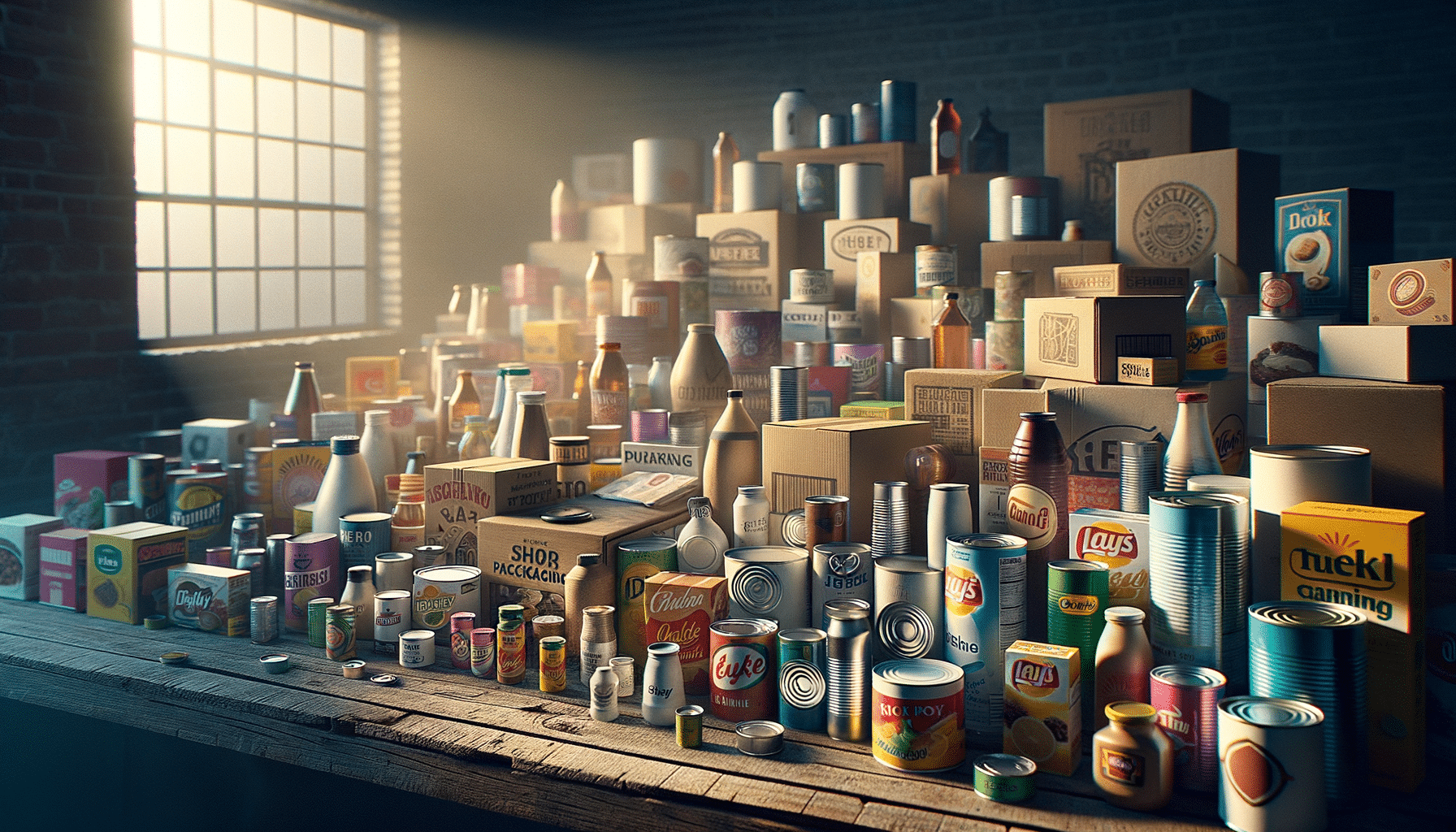
Exploring Opportunities in the Food Packaging Industry
Introduction to the Food Packaging Industry
The food packaging industry is a crucial component of the global food supply chain, ensuring that food products are protected, preserved, and presented attractively to consumers. This industry not only plays a vital role in maintaining food safety and quality but also significantly contributes to reducing food waste. The packaging sector is responsible for innovations that enhance the shelf life of products, thus ensuring that food reaches consumers in optimal condition. As a dynamic field, it offers numerous opportunities for employment across various roles, from design and engineering to marketing and logistics.
The Importance of Food Packaging
Food packaging serves several essential functions that are critical to both manufacturers and consumers. At the core, packaging provides protection from environmental factors such as moisture, light, and contaminants, which could degrade food quality. It also plays a significant role in food preservation, utilizing technologies like vacuum sealing and modified atmosphere packaging to extend shelf life.
Additionally, packaging is a powerful marketing tool. Through the use of colors, designs, and materials, packaging can attract consumers’ attention and influence their purchasing decisions. This visual appeal is often coupled with practical features, such as resealable closures or easy-to-open designs, which add convenience and enhance user experience.
Moreover, food packaging is pivotal in supporting sustainability initiatives. With increasing consumer awareness about environmental issues, there is a growing demand for eco-friendly packaging solutions. Companies are investing in biodegradable materials and innovative designs that minimize waste and reduce the carbon footprint of their products.
Technological Innovations in Food Packaging
The food packaging industry is continuously evolving, driven by technological advancements that enhance functionality and sustainability. One notable innovation is smart packaging, which integrates technology to monitor the condition of the food within. This can include indicators for freshness or temperature changes, providing consumers with real-time information about product quality.
Another significant development is the use of nanotechnology in packaging materials. Nanomaterials can enhance barrier properties, making packaging more resistant to gases and moisture. This improvement not only helps in preserving food longer but also reduces the need for preservatives, aligning with the growing demand for natural food products.
Furthermore, 3D printing is revolutionizing packaging design, offering customized and on-demand solutions that reduce material waste. This technology allows for innovative shapes and structures that can enhance product protection and consumer interaction.
Challenges Facing the Food Packaging Industry
Despite its advancements, the food packaging industry faces several challenges that require strategic solutions. One of the primary concerns is the environmental impact of packaging waste. With increasing regulatory pressures and consumer expectations for sustainable practices, companies must innovate to create eco-friendly packaging solutions.
Another challenge is balancing cost with functionality. While innovative materials and designs can enhance packaging performance, they often come at a higher cost. Companies must find ways to incorporate these advancements without significantly increasing product prices, which could deter consumers.
Lastly, the industry must navigate the complexities of global supply chains. Ensuring consistent quality and compliance with varying international standards can be challenging, especially in regions with differing regulations and consumer preferences.
Career Opportunities in the Food Packaging Sector
The food packaging industry offers a wide array of career opportunities for individuals with diverse skills and interests. Roles in this sector can range from technical positions, such as packaging engineers who design and test packaging materials, to creative roles, such as graphic designers who develop visual branding elements.
There is also a demand for professionals in research and development, focusing on creating innovative packaging solutions that meet sustainability goals and enhance product safety. Additionally, marketing and sales professionals play a crucial role in promoting packaging products and strategies to businesses and consumers.
Furthermore, with the rise of digital technologies, there are emerging opportunities in data analysis and supply chain management, where professionals can optimize packaging processes and distribution networks. This dynamic industry not only offers diverse roles but also promises growth and development as it continues to evolve with technological and environmental trends.


